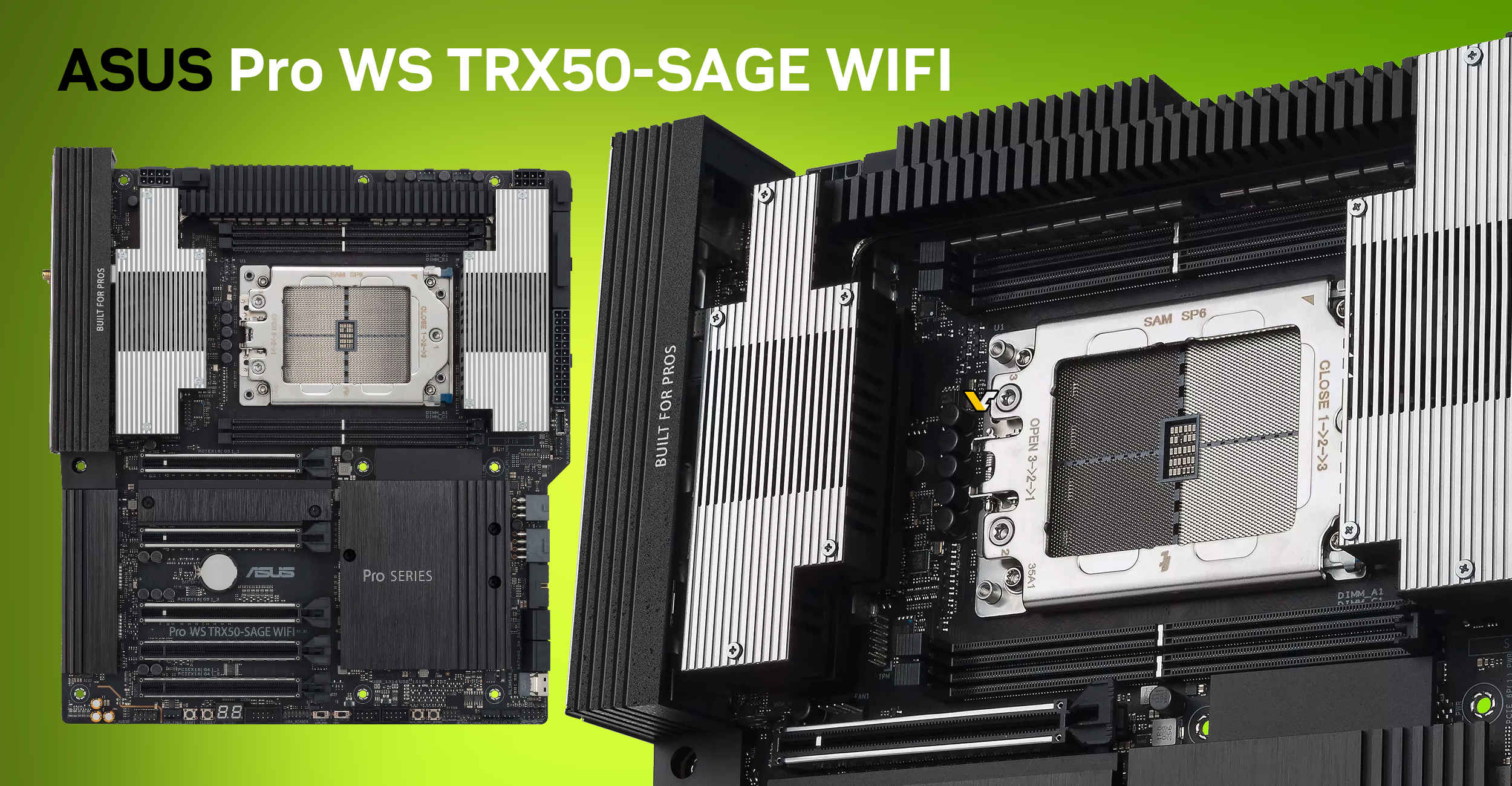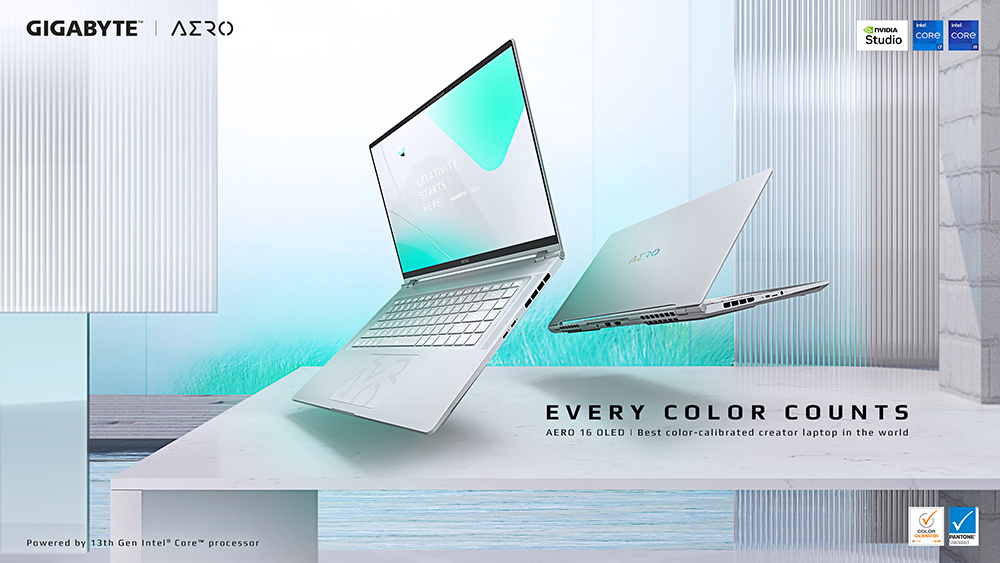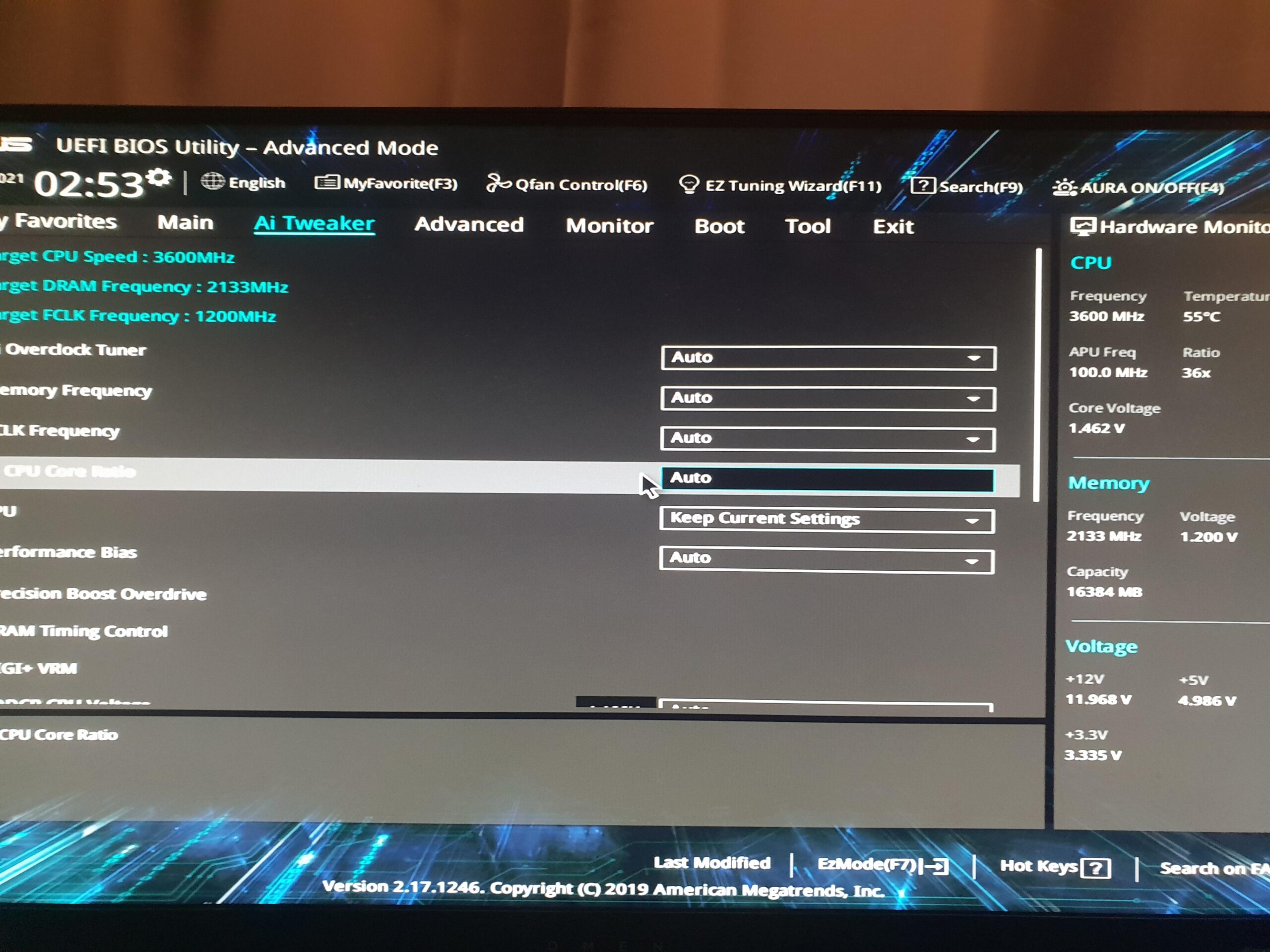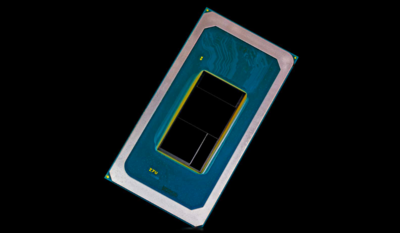CPU sockets cannot typically be replaced as they are soldered onto the motherboard. Replacing the socket would require advanced soldering skills and specialized equipment.
Understanding the intricacies of computer hardware is crucial when considering upgrades or repairs. The CPU socket is a critical component that connects the processor to the motherboard, allowing for communication between various parts of the computer. It’s designed to fit specific types of processors, which means compatibility is a key concern when dealing with CPU sockets.
Upgrading a processor might lead users to question the interchangeability of CPU sockets. However, due to the complexity of the motherboard’s design and the precision required in the connections, replacing a CPU socket is not a straightforward task and is usually not recommended. Computer enthusiasts and professionals usually suggest replacing the entire motherboard if a different CPU socket type is needed, ensuring stability and optimal performance for the system.
Introduction To Cpu Sockets And Upgradability
Understanding the heart of your computer starts with knowing about CPU sockets. These critical components on the motherboard house your computer’s brain, the CPU. Upgrading a CPU involves considering socket compatibility. It’s essential for a smooth performance boost.
The Role Of Cpu Sockets
CPU sockets are connectors between motherboards and processors. They ensure proper integration of the CPU’s functions with other system elements. Different socket types exist, each tailored to specific CPUs. A socket’s design impacts power delivery, signal transmission, and overall system stability.
Upgradability Concerns
Thinking about a CPU upgrade? You must consider the socket type. Not all processors fit into every socket. A mismatch can mean a new motherboard purchase is necessary. This is a critical step in preventing compatibility issues and ensuring optimal performance.
- Check current CPU and socket
- Research potential upgrades
- Ensure socket compatibility
- Consult compatibility lists from motherboard manufacturers
Common Myths Surrounding Cpu Socket Replacement
Exploring the truth behind CPU socket replacement reveals a tangled web of myths and misunderstandings. The process often seems surrounded by a cloud of mystery. It’s important to shine a light on the reality, separating fact from fiction for enthusiasts and novices alike.
Myth vs. RealityMyth Vs. Reality
Let’s debunk some common misconceptions:
- Myth: Any CPU will fit into any socket with enough force.
- Reality: CPUs and sockets have specific designs. They must match to work.
- Myth: Socket replacement is simple and can be done quickly at home.
- Reality: It’s complex and requires technical expertise and specialized tools.
Where These Myths Originate
Understanding the origins of these myths is as important as debunking them.
- Misleading information online can lead to widespread myths.
- Overconfidence in DIY skills fosters unrealistic expectations.
- Technological advancements used to make some CPU upgrades simpler, leading people to believe this is still the case.
Technical Aspects Of Cpu Sockets
Exploring the heart of a computer system, we dive into the Technical Aspects of CPU Sockets. This vital interface connects the brain of the computer, the processor, to the rest of the system. Understanding their physical makeup and how they facilitate compatibility is essential for enthusiasts and professionals alike.
Physical Characteristics
CPU sockets come in various shapes and sizes. Each design serves a specific purpose and caters to different processor models. A socket typically consists of pinholes or contacts that precisely align with the processor’s pins or pads.
- ZIF sockets: These Zero Insertion Force sockets make CPU installation seamless.
- LGA sockets: Land Grid Array sockets carry many contacts for stable connectivity.
- PGA sockets: Pin Grid Array variants, where pins align with holes in the socket.
Compatibility And Interconnectivity
A CPU socket must match the processor’s physical layout and electrical requirements. Mixing incompatible elements can lead to system failure or even damage.
| Socket Type | Compatible CPU |
|---|---|
| Socket AM4 | AMD Ryzen Series |
| LGA 1151 | Intel Core 6th & 7th Gen |
| TR4 | AMD Ryzen Threadripper |
Each socket type supports a specific set of CPUs. Manufacturers release detailed compatibility lists. These documents help users ensure they choose compatible components.
Interconnectivity extends beyond physical alignment. It involves correct power delivery, proper signalling, and efficient heat dissipation. Each CPU socket type is designed to account for these. Upgrading or replacing a socket usually involves changing the motherboard altogether due to these intricate dependencies.

Credit: wccftech.com
Cpu Socket Replacement: Is It Feasible?
Ever wondered if you could swap out an aging CPU socket for a new one? The idea itself sparks interest in tech enthusiasts. But the truth is, changing a CPU socket is not a straightforward task. It involves deep technical knowledge and skill. Let’s delve deeper into what makes CPU socket replacement a challenge and some instances where it has been done successfully.
Challenges Of Cpu Socket Modification
CPU socket modification is no small feat. The process is complex and demands precision. Here’s why:
- Motherboard Design: Each motherboard is designed with a specific socket in mind. Mismatching these can lead to disastrous results.
- Soldering Skills: CPU sockets are soldered to the motherboard with numerous tiny pins, requiring expert soldering to replace without damage.
- Compatibility Issues: Even if a new socket fits, the motherboard’s circuitry may not support the newer CPU, leading to potential incompatibility.
Success Stories And Attempts
Despite the challenges, some have succeeded in CPU socket replacement.
Positive outcomes depend on several factors:
- Meticulous Planning – Detailed understanding of both the old and new socket specifications is crucial.
- Expert Execution – Only seasoned professionals with the right equipment should attempt this.
- Thorough Testing – After modification, rigorous testing ensures the system’s stability and performance.
While most attempts don’t make it to mass production, a few exceptional cases have managed to successfully replace the CPU socket and gain substantial performance boosts. Such endeavors often require custom-made components and insightful engineering, making them more of a proof of concept than a practical solution for most users.
Alternatives To Cpu Socket Replacement
Exploring options beyond replacing the CPU socket can lead to both cost-effective and performance-enhancing outcomes. Let’s delve into potential paths for giving tech a boost without the risks of socket surgery.
Upgrade Paths For Improved Performance
Enhancing computer speed doesn’t always mean a new CPU socket. Consider these upgrade paths:
- Memory Addition: More RAM enables smoother multitasking.
- Solid-State Drive: A fast SSD reduces load times dramatically.
- Graphics Card: A new GPU boosts gaming and visual tasks.
- CPU Overclocking: Squeeze extra performance from the current CPU.
- Software Optimization: Tweak settings for better speed.
When To Consider A New Motherboard
There are signs that suggest it’s time for a motherboard upgrade:
| Sign | Action |
|---|---|
| Compatibility: | New CPUs won’t fit the old socket. |
| Damage: | Physical wear demands replacement. |
| Expansion: | Need more ports or slots for components. |
| Features: | Desire for USB-C, Wi-Fi, or M.2 support. |
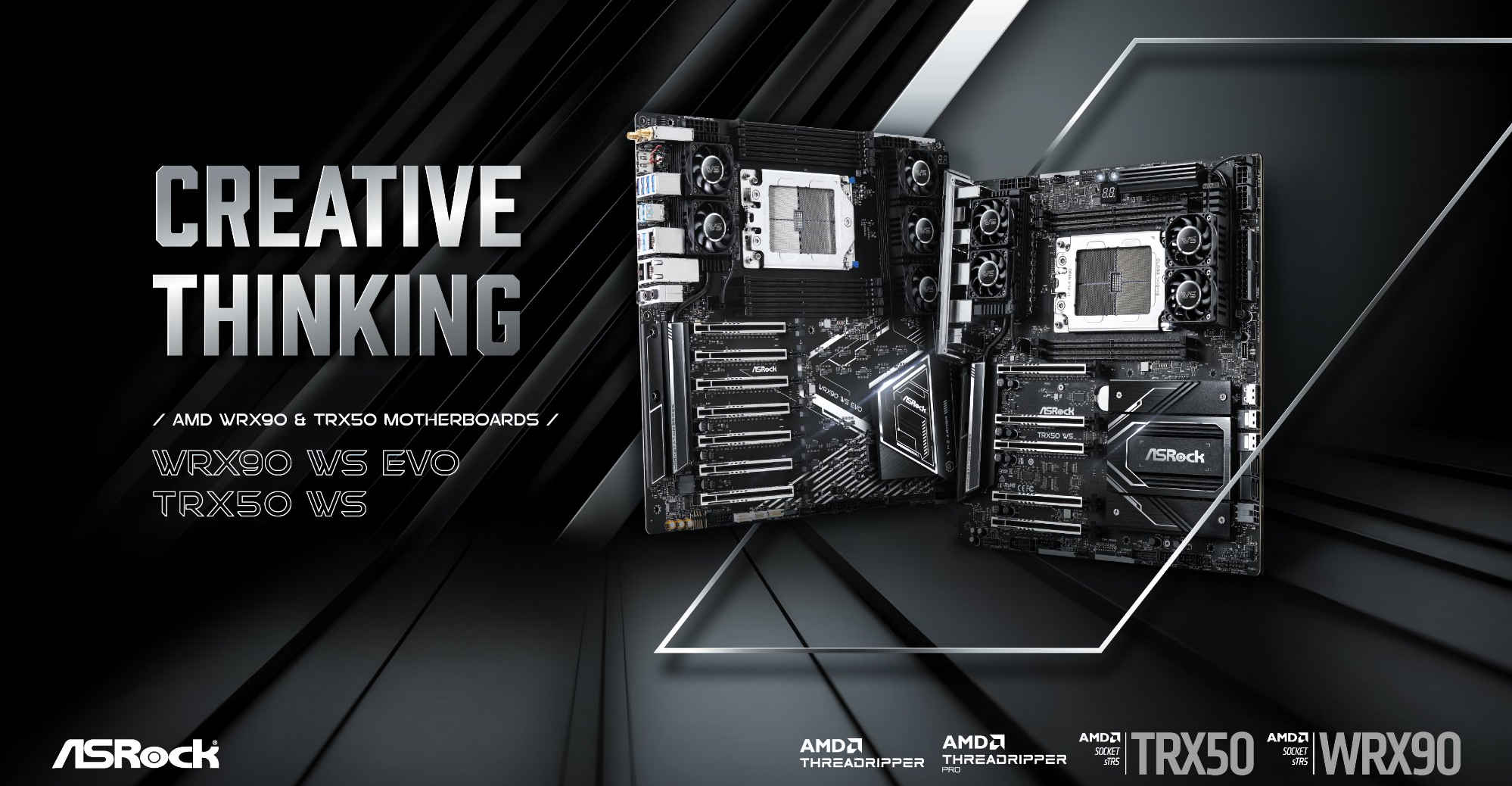
Credit: videocardz.com
Understanding The Limits Of Diy Computer Upgrades
Upgrading your computer can be a thrilling project. But when it comes to tinkering with key components, like the CPU socket, it’s essential to know the boundaries of Do-It-Yourself (DIY). The socket is the beating heart of your system, letting your CPU communicate with other hardware. It is vital to understand just how far you can push the DIY spirit before needing professional intervention.
Assessing Risk Vs. Reward
Embarking on a CPU socket replacement offers potential advantages. Keep in mind these crucial points:
- Risk: High. You might damage the motherboard permanently.
- Reward: A successful replacement can lead to improved computer performance.
- Skill Level: Advanced. Proper tools and knowledge are a must.
- Cost: Replacement sockets are not always readily available or cost-effective.
Weigh these factors carefully. Is the potential speed boost worth the risk of a bricked motherboard?
Industry Trends Influencing Upgradability
Staying abreast of the latest industry trends is mandatory for making informed upgrade decisions. Consider the following:
| Trend | Impact on DIY Upgrades |
|---|---|
| Integrated Components | More core parts are soldered to the motherboard, limiting upgradeability. |
| New Socket Designs | Manufacturers frequently introduce new sockets, complicating part compatibility. |
| Environmental Priorities | Designs focus on sustainability, sometimes at the expense of upgradability. |
Knowing these trends helps set realistic expectations for your CPU socket upgrade plans.

Credit: www.pcworld.com
Frequently Asked Questions For Can Cpu Socket Be Replaced
Can You Replace A Cpu Socket On A Motherboard?
No, a CPU socket is typically not replaceable as it is soldered onto the motherboard. CPU sockets are designed for specific processors and form factors, making replacements difficult and usually impractical. However, some professional electronics service providers might offer such a service at a high cost.
Does Changing A Cpu Socket Require A New Motherboard?
Yes, if you need a different CPU socket, you generally need a new motherboard compatible with that socket. Motherboards are specifically built for certain socket types, so replacing the socket isn’t feasible for most users.
How Does Cpu Socket Type Affect Compatibility?
CPU socket type determines which processors can be installed on the motherboard. Each socket type corresponds with specific CPU architectures and generations, making the correct matching essential for compatibility and performance.
What Risks Are Involved In Diy Cpu Socket Replacement?
DIY CPU socket replacement may lead to severe motherboard damage due to the delicate soldering process. It risks destroying the board, wasting money, and potentially harming other components. It’s highly advised against and is typically not a feasible DIY project.
Conclusion
Wrapping up, replacing a CPU socket often isn’t a straightforward task. The process requires professional skills and precise tools. It’s typically more cost-effective to upgrade to a new motherboard. Remember, before making any decisions, consider your computer’s compatibility and warranty status for the best outcome.
